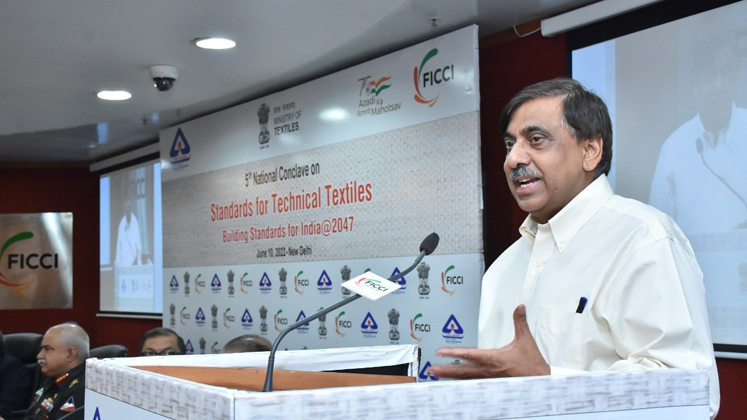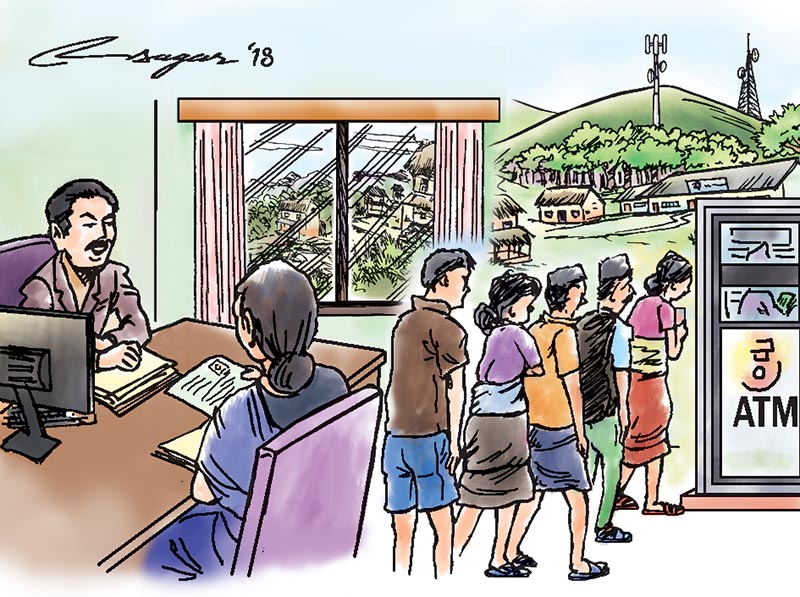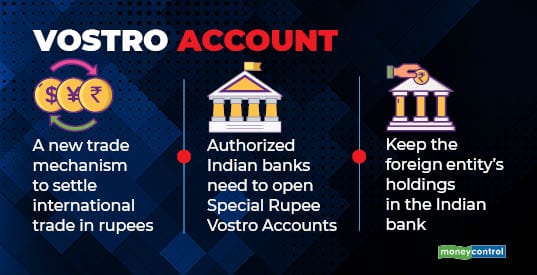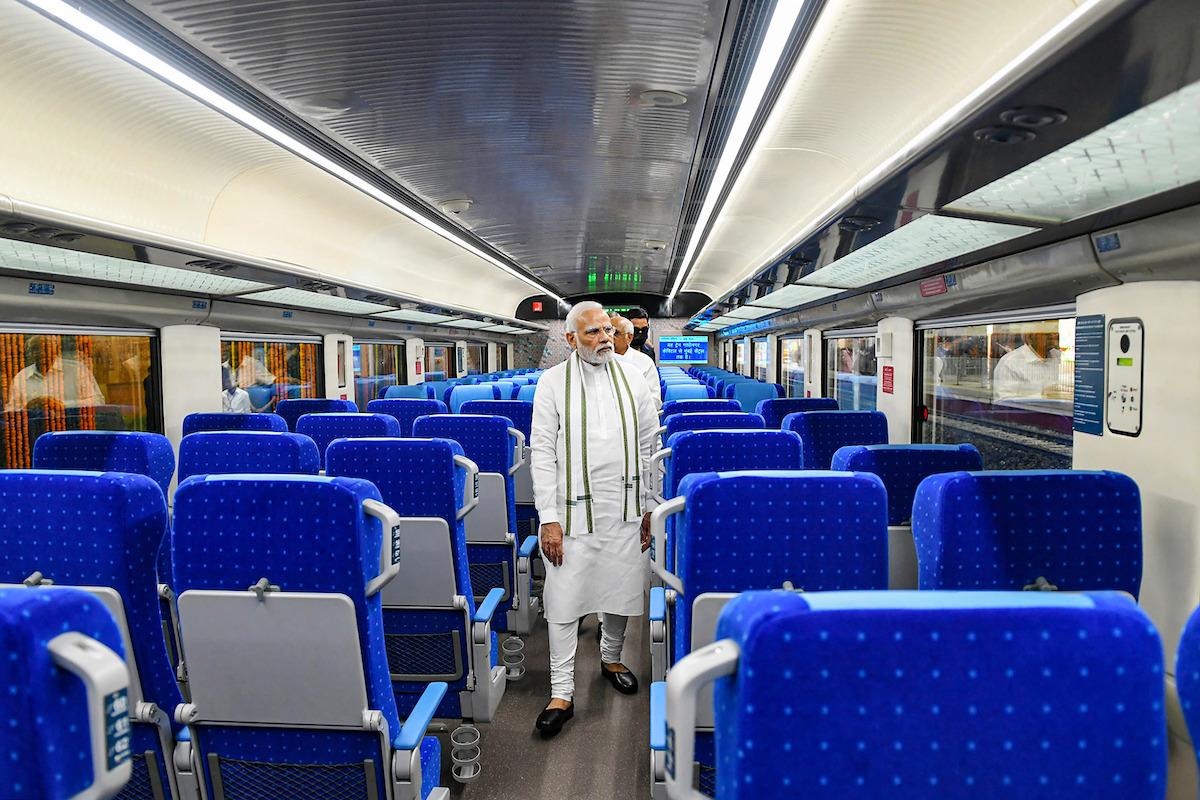
A full-day event called “National Conclave on Technical Textiles – Protech” was recently hosted by the Ministry of Textiles in collaboration with the Northern India Textile Research Association (NITRA) and the Indian Technical Textile Association (ITTA).
Technical Textiles
- Technical textiles are textile items that are produced more for their usability and functionality than for their aesthetic appeal.
- Agrotech, Oekotech, Buildtech, Meditech, Geotech, Clothtech, Mobiltech, Hometech, Sportstech, Indutech, Protech, and Packtech are the twelve major categories into which these items can be divided.
Technical Textiles Mission in India
- To capitalise on the phenomenal growth rate of the industry, the Ministry of Textiles launched NTTM in order to raise the degree of technical textile penetration in India.
- The annual average growth rate (AAGR) of the Indian technical textiles sector is 12%, which is three times the global average of 4%.
- The mission’s objective is to establish India as a world leader in technical textiles.
Components of the Mission
- Research, Innovation and Development
- Promotion and Market Development
- Export Promotion
- Education, Training, Skill Development
Implementation: The four-year NTTM implementation phase, which runs from FY 2020–21 to FY 2023–24, has been approved. The mission will cost INR 1480 Cr in total.
Goal
The Mission aims to increase the domestic market for technology textiles to $40–50 billion by 2024, with an average annual growth rate of 15-20%.








